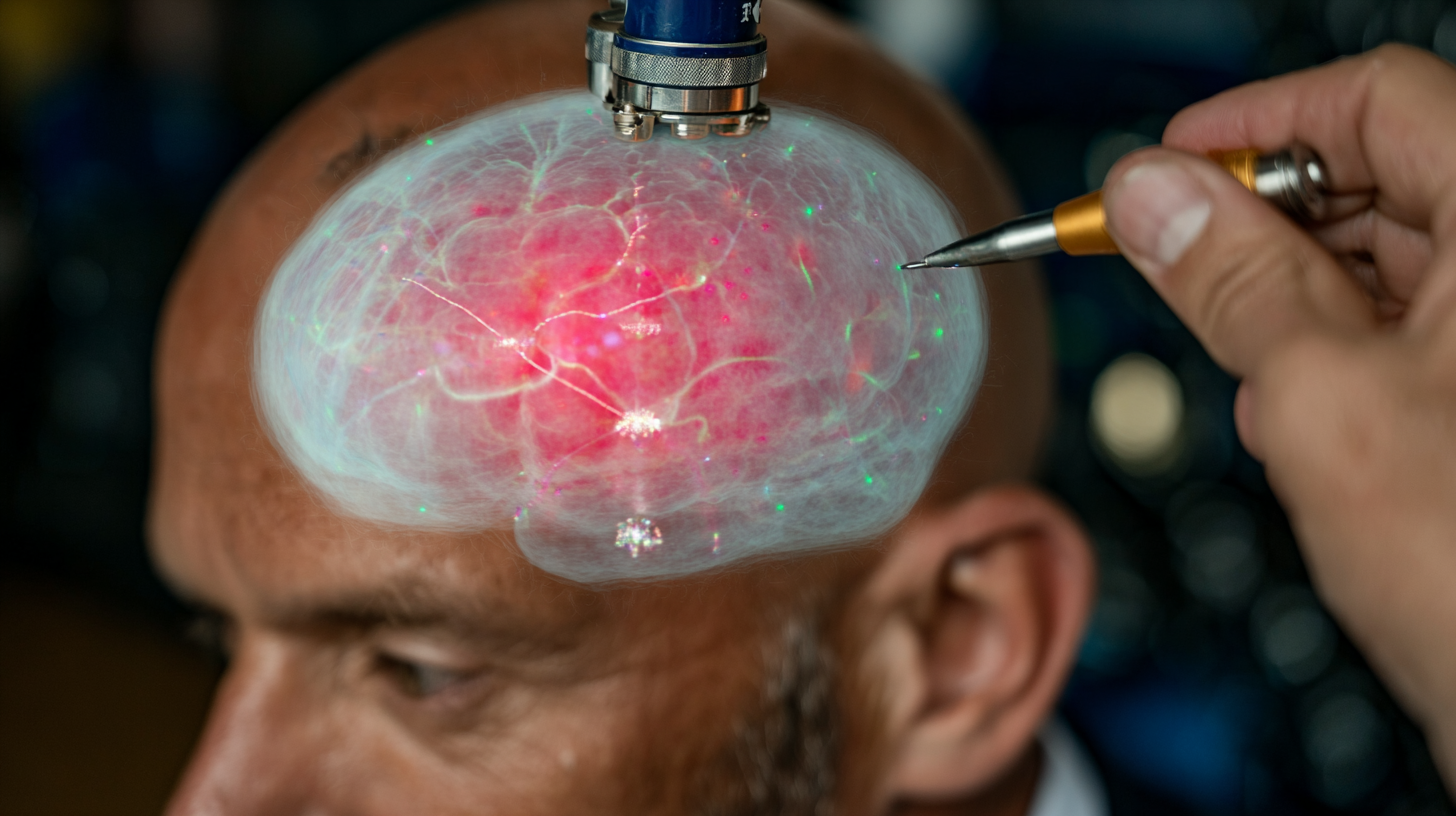For centuries, the human brain has been described as the most complex object in the known universe. And while modern neuroscience has mapped countless neural pathways, the deepest regions of the brain—structures like the basal ganglia and the thalamus—remain a stubborn frontier. These areas govern movement, emotion, motivation, and decision-making, yet when they go awry, they spark conditions as devastating as Parkinson’s disease, depression, and essential tremor.
The problem has always been access. To study or influence these deep-brain circuits, medicine has relied on invasive surgery: drilling holes, implanting electrodes, or burning away malfunctioning tissue. These procedures can be life-changing, but they carry enormous risks. What if there were a way to reach the same circuits with no scalpel, no implant, and no irreversible damage?
A team at University College London (UCL) may have just found the answer. Their breakthrough device—a novel ultrasound helmet—can non-invasively modulate activity deep inside the brain with a precision previously thought impossible.
Surgery Without Surgery
Unlike older technologies such as transcranial ultrasound stimulation (low precision) or MRI-guided focused ultrasound (requiring stabilizing skull screws), this new helmet achieves 1,000 times greater targeting accuracy than standard ultrasound and 30 times more than other deep-brain methods.
The device uses an interior lattice of 256 ultrasound emitters, which deliver beams into specific brain regions. A soft plastic mask stabilizes the user’s head, ensuring accuracy. Once the beams are fired, neurons in the target zone can be gently activated or quieted—no incisions, no implants, no pain.
In human experiments, the helmet targeted the lateral geniculate nucleus (LGN), a small thalamic region tied to vision. While participants watched flashing checkerboards, functional MRI scans revealed surges of activity in their visual cortex—a sign that the ultrasound beams were hitting their mark. The effect was durable too: shifts in neural activity persisted for up to 40 minutes after stimulation.
A Window Into the Mind
What makes this technology extraordinary isn’t just its precision. It’s the fact that researchers can combine stimulation with real-time monitoring through fMRI. This opens the door to closed-loop neuromodulation, where brain activity is not only influenced but immediately observed, adjusted, and optimized.
Imagine a Parkinson’s patient whose tremors are calmed instantly while clinicians fine-tune the helmet’s settings in real time. Or a patient with treatment-resistant depression who undergoes non-invasive sessions that directly rebalance malfunctioning brain circuits—without the fog of drugs or the risks of surgery.
This isn’t just a new tool. It’s the beginning of a feedback-controlled interface between technology and the deepest parts of human cognition.
From Disorders to Enhancement
While the immediate promise lies in treating neurological conditions, the longer-term implications are far more provocative. If we can non-invasively modulate deep-brain structures, why stop at disease?
- Cognitive enhancement: Targeting circuits tied to focus, memory, or creativity could create personalized “brain boosts.”
- Behavioral modulation: Disorders of addiction or impulse control could be tuned at their neurological source.
- Emotion engineering: With the thalamus and basal ganglia involved in mood regulation, the helmet could one day allow users to dial in their emotional state—calm, energized, focused—on demand.
- Learning accelerators: Stimulating visual or motor pathways could speed skill acquisition, from playing the piano to piloting a drone.
These possibilities carry profound ethical questions, but the technology makes them increasingly tangible.
Risks and Unknowns
The helmet is not without caveats. Scientists still don’t fully understand the mechanisms behind ultrasound’s effects on neurons. Long-term safety remains unproven, and the temptation to overuse or misuse the technology will be strong. What happens when a device capable of altering deep-brain function is commercialized, commoditized, or hacked?
Yet even with these unknowns, the breakthrough stands as a turning point. For the first time, humanity can precisely probe and influence the hidden command centers of the brain without cutting into it.
Final Thoughts
The ultrasound helmet represents a paradigm shift in neuroscience and medicine. By making the deep brain accessible without surgery, it offers new hope for patients battling Parkinson’s, depression, and other disorders once thought untreatable. But it also raises profound questions about how far we’re willing to go in engineering the mind itself.
We’ve entered an era where helmets aren’t just protective gear—they are portals into the most intimate circuits of human identity. The power to shape those circuits safely, reversibly, and repeatably will transform medicine. Whether it also transforms what it means to be human is the next question we must confront.
Read more on related topics:
- Smart Brain Implants That Adapt to Optimize Parkinson’s Treatment
- The Coming Era of Neurotechnology and Human Enhancement


